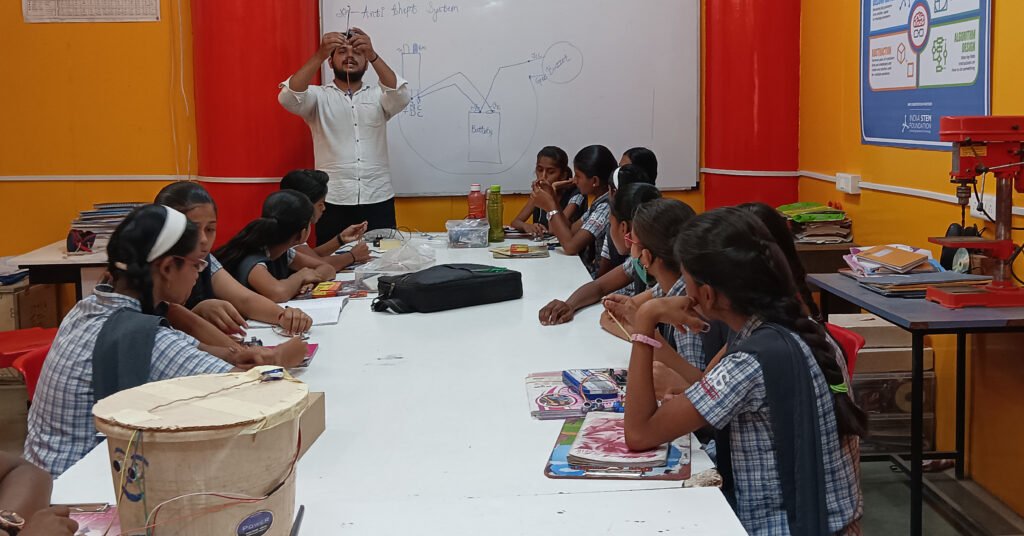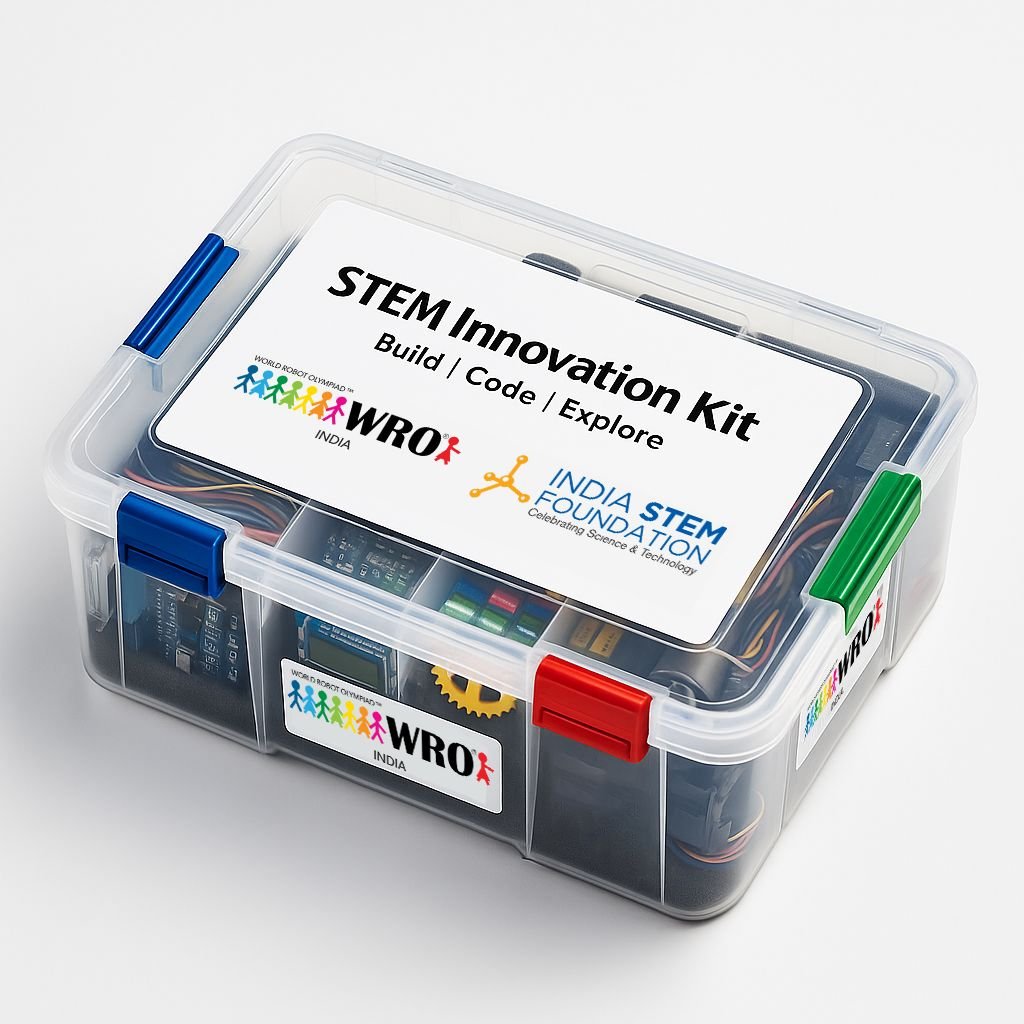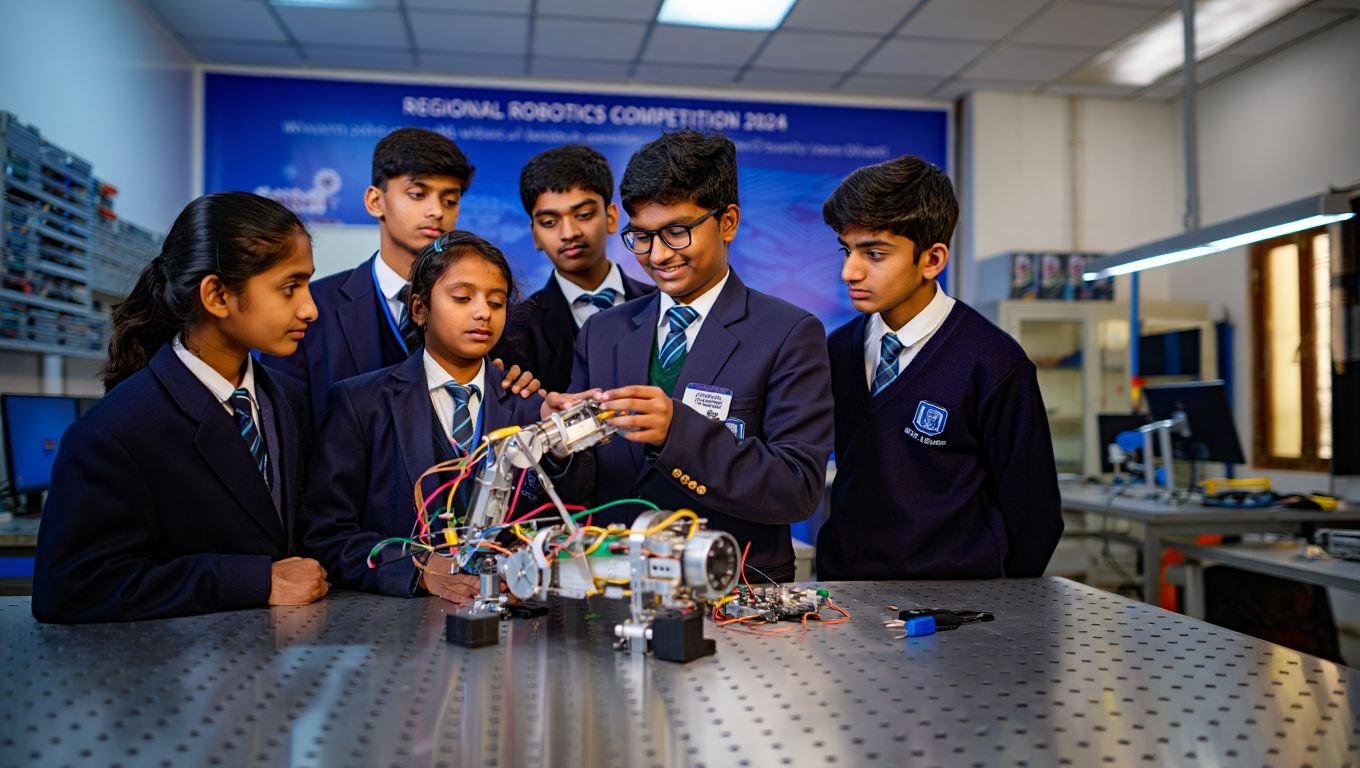In India, a strong technology integration is necessary to foster creativity through STEM education. When science, technology, engineering, and math education are integrated with technology, students gain practical skills that will be essential in the future. In India, the integration of technology and STEM education marks a paradigm shift in the field of education. It goes beyond the limitations of conventional teaching techniques by utilising digital resources and platforms to provide a dynamic, immersive, and engaging learning environment. Instead of supplanting traditional teaching strategies, this integration aims to improve them and offer fresh opportunities for investigation and implementation.
The Digital Armoury and Creative Education
Using technology in education opens up a world of digital resources and creative teaching methods. STEM education is being redefined through virtual laboratories, interactive simulations, and collaborative online platforms. With the use of these technologies, students may carry out virtual experiments, visualise complex ideas, and work in real-time collaboration with peers across geographical boundaries.
The Spread of Integrated Education
In STEM education, blended learning—a combination of traditional classroom instruction and internet resources—has gained popularity. This hybrid method provides a flexible and adjustable learning environment by combining in-person education with digital resources. Because it supports a variety of learning styles, students may go at their own speed and review material at their convenience by accessing digital resources.
Educator Empowerment with Technology
Technology is a valuable resource for teachers as well as students. It is not just for students. Teachers have access to a vast library of instructional materials and pedagogical approaches through online resources, training modules, and professional development platforms. Their development as learning facilitators is facilitated by this assistance, which gives them the ability to create dynamic and captivating classes that meet the demands of tech-savvy students.
Developing Tech-Driven Competencies
Technology integration into STEM education brings education into line with the needs of the modern workforce. Students gain proficiency in problem-solving, coding, data analysis, and digital literacy—all essential abilities in today’s technologically advanced workplace. Their employability is increased by this alignment, which equips students for a variety of sectors and professions.
Technology as an Innovation Catalyst
Technology is a stimulus for innovation in addition to education. It encourages students to go beyond traditional textbooks by fostering a culture of innovation and exploration. Students are encouraged to brainstorm, create, and prototype solutions to real-world issues through coding challenges, robotics contests, and practical projects, which fosters an entrepreneurial perspective.
Technology Related to STEM
Various technologies that improve learning in the fields of science, technology, engineering, and mathematics are included in STEM education:
- Virtual laboratories: simulated settings that provide students the opportunity to carry out experiments virtually and offer hands-on learning opportunities.
- Virtual reality (VR) and augmented reality (AR) are immersive technologies that provide interactive experiences and let pupils study difficult ideas in a made-up setting.
- Software for Coding and Programming: Tools and platforms that teach students programming and coding languages while promoting computational thinking and problem-solving abilities.
- Robotics Kits: Interactive kits that let students construct and programme robots, fostering a knowledge of automation and engineering fundamentals.
- 3D printing is a technological advancement that fosters creativity and experimentation by enabling students to make tangible models from digital blueprints.
- Online learning platforms: Websites that provide interactive lectures, videos, and tests to enhance classroom instruction and encourage independent study.
- Data analytics tools are programmes that help students evaluate and understand data, developing their ability to do statistical analysis and make decisions based on data.
- STEM simulation software refers to programmes that mimic actual STEM-related situations in order to support conceptual learning and experimentation.
These tools are essential for improving STEM education because they give students access to a wide range of engaging and immersive learning opportunities.
Technology Helps to Create a Better and Wider Future:
- Enhanced Ability to Solve Problems
Critical thinking and problem-solving skills are fostered by STEM education. Young people who are exposed to STEM ideas acquire analytical abilities that help them approach problems in the real world strategically and creatively.
- Technological Know-How for Upcoming Careers
Young people who are involved with STEM technology acquire digital literacy, coding abilities, and knowledge with upcoming technologies. Their skill in this area equips them for a variety of professional options in tech-related fields.
- Entrepreneurship and Innovation
By promoting curiosity, experimentation, and the application of original ideas, STEM promotes creativity. Young people who are exposed to STEM fields are more inclined to innovate, which might result in business endeavours and technical breakthroughs.
- worldwide competitiveness
Youth that have a solid foundation in STEM education and technology are more competitive worldwide. In a world where communication is gaining strength, they support scientific discoveries, technical improvements, and economic expansion.
- Flexibility and Ongoing Education
Adaptability and a desire for lifelong learning are fostered by STEM education. Young people have the skills necessary to keep up with technology breakthroughs, which helps them remain employable in a work environment that is changing quickly.
In summary
The integration of technology and STEM education in India represents a significant change in the educational environment that goes beyond traditional teaching approaches. This integration uses digital resources to create an interesting learning environment—rather than replacing but improving traditional methods. It opens the door for flexible learning by enabling students to work together internationally, perform virtual experiments, and access a variety of materials. Despite ongoing difficulties, integrating technology prepares both students and teachers for a dynamic, tech-driven future.




